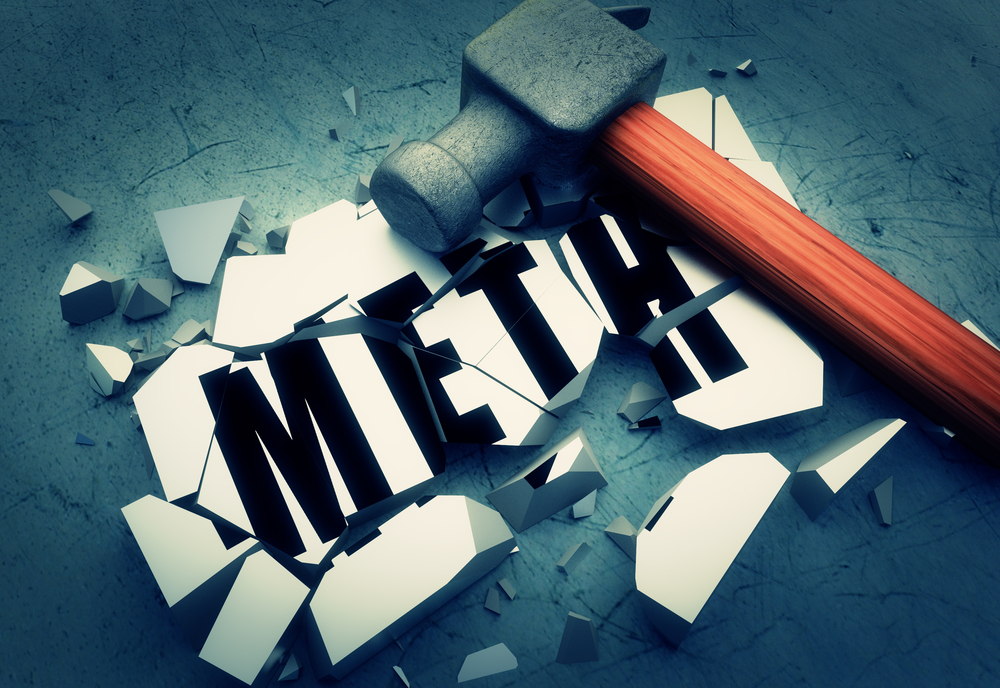Healthy Homes, Investment, Landlords, Legislation, Newsroom
Government is creating an absolute meth

1.5µg/100cm2 or 15µg what does your insurer say about methamphetamine contamination?
Once again, the methamphetamine testing industry was thrown under the spotlight after TVNZ’s Fair Go programme highlighted the plight of an Auckland landlord who is (out of pocket) thousands of dollars through no fault of her own.
The issue has been created by a Government that has failed to deliver on its promise to set official standards for levels of contamination. Back in August 2019, changes were made to the Residential Tenancies Act that would set standards concerning what level of contamination would be deemed a health hazard. The Government gave itself 18 months to set the standards, and they should have been announced back in February 2021. That deadline has been and gone and no official standards have yet been set.

Methamphetamine contamination has always been a contentious issue. An industry literally exploded into life when the Tenancy Tribunal started making rulings on tiny levels of contamination and this led to thousands of dollars being wasted on testing as well as unnecessary clean ups. Seeing that there was a problem, the Government of the day established a committee of so-called experts to come up with some official standards that landlords, tenants and the Tribunal could work towards. This committee got to work and came up with the official standard of 1.5µg (micrograms) as being the acceptable standard. The only issue with the committee was that nearly half of them benefited from setting a low level as they were in either the testing or clean up industry.
However, the standards had been set and insurance companies set policies using the 1.5µg and any property that measured levels higher than this amount was deemed to be contaminated. The problem failed to be resolved as thousands of tenancies were ended as low levels of methamphetamine contamination meant that properties were deemed to be too dangerous to rent out. Housing New Zealand as it was called at the time; was exposed as being cruel as tenants were only given 7 days notice to vacate properties deemed to be too dangerous. Many tenants also found themselves liable for clean up costs by the Tribunal. Housing New Zealand were heavily criticized, but all they were doing was following what the legislation stated.
A newly elected Labour Government went to work on clearing up the mess. Then Housing Minister, Phil Twyford appointed the now retired Chief Science Office Sir Peter Gluckman to examine the methamphetamine testing industry and to come up with what methamphetamine level would be deemed as being safe. In May 2018, Gluckman blew the lid off the meth testing industry when he recommended that the standard should increase tenfold to 15µg. The Tenancy Tribunal then followed suit no longer ending tenancies or make tenants liable for clean ups if a property had meth contamination under 15µg.

Insurance companies then had to decide what standards they were going to follow. Should they follow the official Government standard of 1.5µg or use the Gluckman report and ruling that anything below 15µg is acceptable? If you talk to many meth testing companies, they will tell you to work towards the 1.5µg/100cm standard and that you need to test prior to a new tenant moving in. However, it is obviously in their best interest to use the lower number as the standard, as the higher the number, the less need to test, as the perceived risk is not as great.
The whole thing is an absolute mess. Insurance companies are mainly using 1.5µg and this is leading to all types of issues as it is not inline with the Tenancy Tribunal.
So what happens if you get your property tested and the report comes back stating that a number of rooms are over 1.5µg but under 15µg?
Is the property safe and can you rent it out? If you do rent it out do you have to disclose the results to the tenants before they move in? If you do disclose this to the tenant and they demand that the property be cleaned to a standard of 1.5µg, do you legally have to do this? Is the previous tenant liable for a cleanup? Unfortunately, no one can give you a clear answer as to what to do.

The prudent investor may consider testing the property prior to a new tenant moving in but in doing so they could be opening a can of worms, exposing themselves financially to a cleanup and not being able to claim on insurance or hold a tenant liable. And through all of this confusion, there have never been any reports of individuals getting seriously sick or having major health issues from living in a property with low levels of meth contamination.
The whole methamphetamine debacle would be cleaned up simply if the Government finally acted and set official standards that everyone could towards. How long do we have to wait for these standards to be set? Your guess is as good as mine.
If you want to find out more, get in touch with us today!
Explore more posts like this one
View more
November 14, 2025
Wellington Rental Market Update | November 2025

November 11, 2025
Pet Friendly Rental Rules Are on the Way!

October 14, 2025
Wellington Rental Market Comment | October 2025
